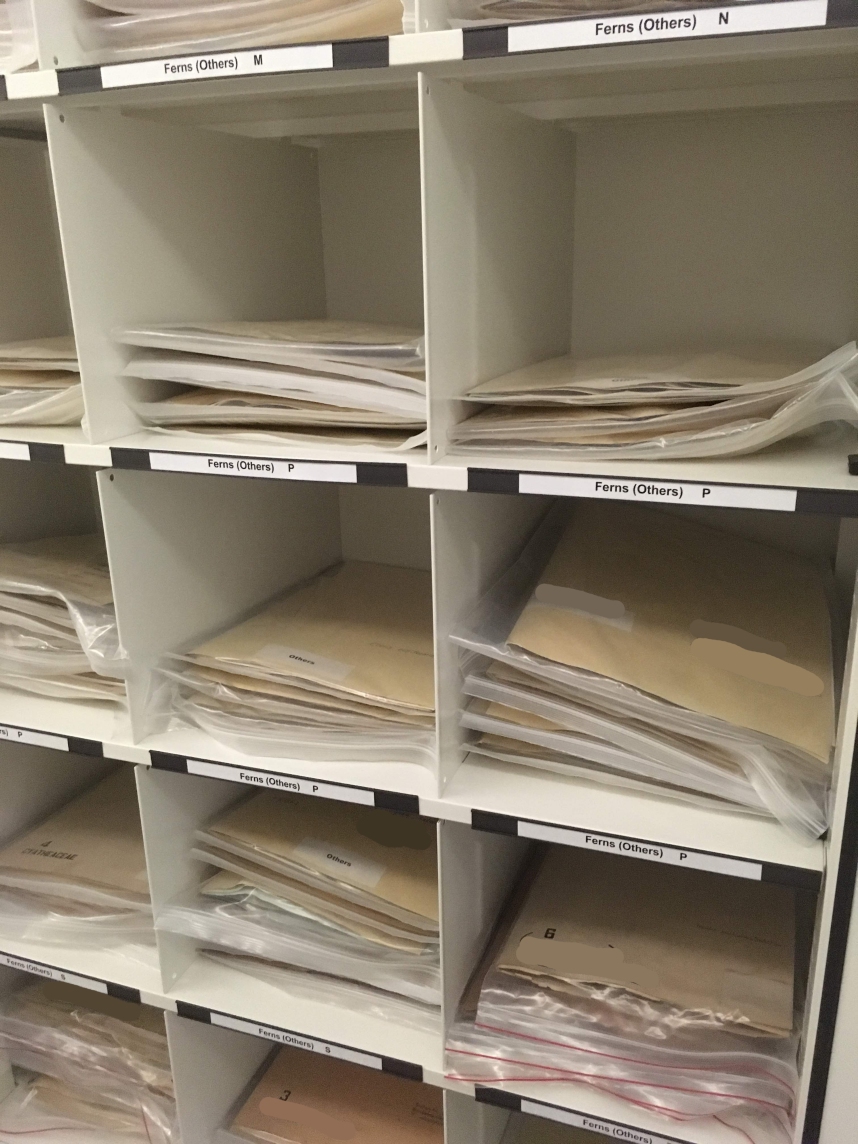Hi there! This article is the final part of a series featuring the Lee Kong Chian Natural History Museum in Singapore. If you’d like to learn more, why not start at the beginning? Otherwise, enjoy the second bonus of our feature!
While visiting the Cryogenic Collection, I was blessed with an unexpected discovery. Adjacent to the collection is a humble office used by resident scientists. At first glance, it looks like an ordinary science lab – computers, boxes of gloves, pipettes – but step in a little further and you’ll witness this impressive contraption:
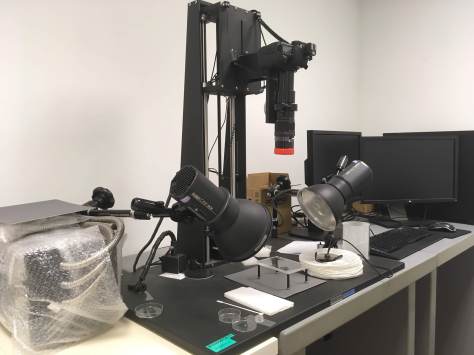
This device, known as the Visionary Digital Lab, transforms an ordinary DSLR camera into a high powered camera suited for photographing tiny insects in extraordinary detail. And when I say extraordinary, I mean this:

See the thin black line in the bottom left? That represents 1mm. This stunning capture of a Nemopoda speiseri fly is constructed by combining several brightly lit, high resolution images, each focusing on a particular spot on the specimen, to create a composite image that brings every nook and cranny of this miniscule insect into sharp detail. Some of these images are in fact uploaded to an online archive managed by the Museum at the Biodiversity of Singapore Online, where researchers from all over the world can use it as a reference.
Still not impressed? Here’s another version of the same device in one of the museum’s dedicated labs:
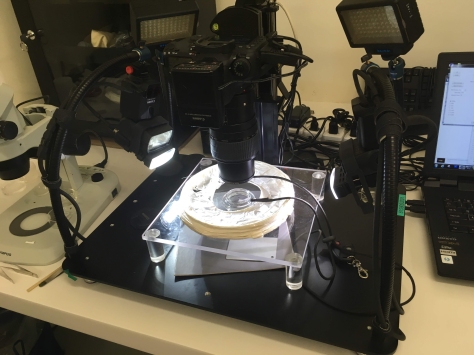 I promise you there’s a specimen on that dish. Just keep squinting. Or look over here:
I promise you there’s a specimen on that dish. Just keep squinting. Or look over here:

There it is! From the slimmest bristle to the thinnest wing, our little friend has appeared. As mentioned, you can peruse other photos like this courtesy of the museum and its partners at Museum at the Biodiversity of Singapore Online , which also features Southeast Asian birds, mammals, reptiles and more in exquisite quality.


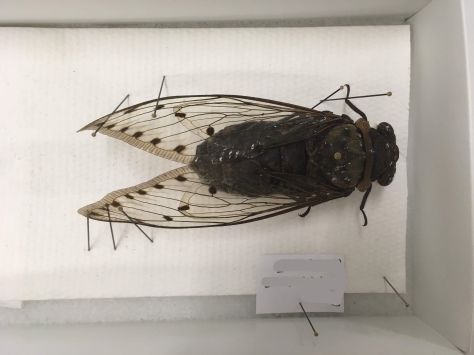
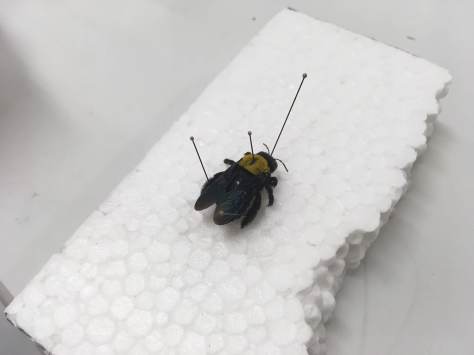
 This article is brought to you by entosupplies.com – I wish.
This article is brought to you by entosupplies.com – I wish.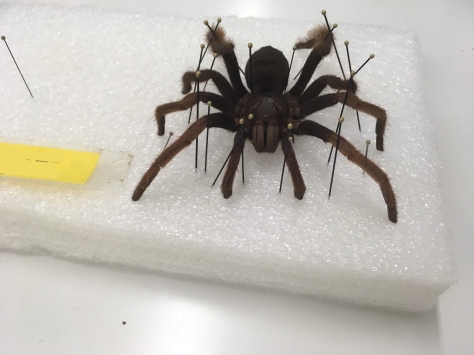 More legs, more work.
More legs, more work.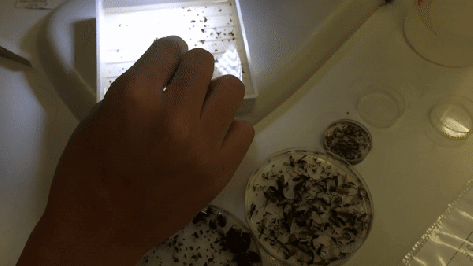
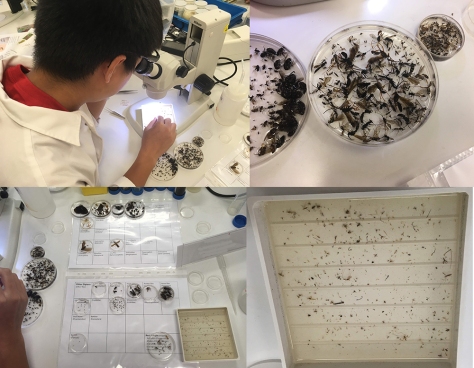 Let’s all pray for Spencer’s eyes.
Let’s all pray for Spencer’s eyes.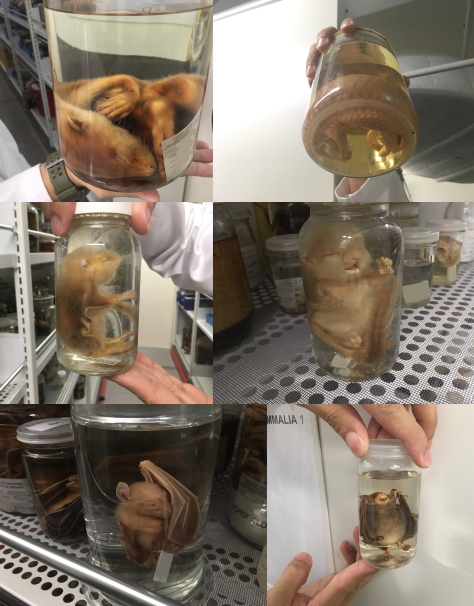 Middle row, left: Notice those flaps on the side of its body? That’s a Javanese flying squirrel, which can glide through the air by stretching out that loose skin.
Middle row, left: Notice those flaps on the side of its body? That’s a Javanese flying squirrel, which can glide through the air by stretching out that loose skin.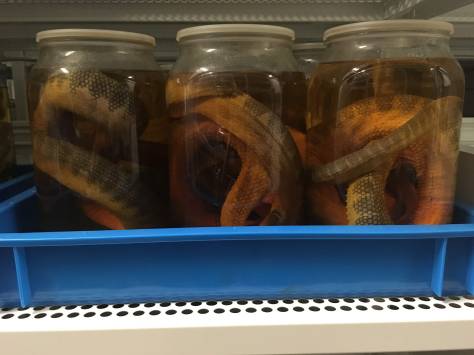
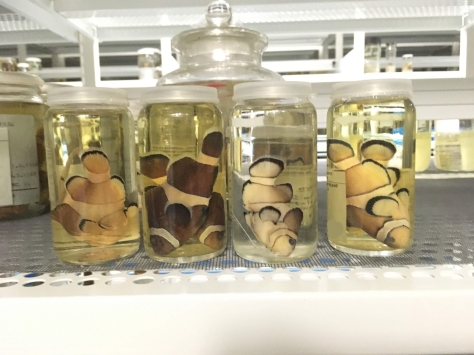 Oh, this is from that movie! Finding… what was it, Fabio? Finding Chico?
Oh, this is from that movie! Finding… what was it, Fabio? Finding Chico? That’s how this bird from the 1960s is still killing it.
That’s how this bird from the 1960s is still killing it.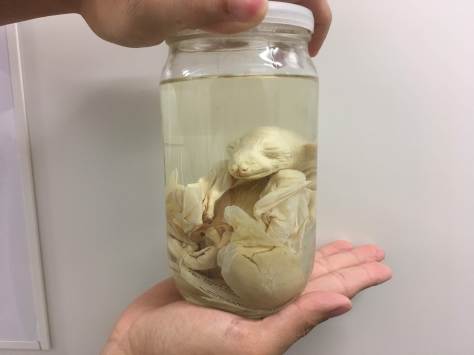 This bat is dubbed ‘Yoda’ because, look at that serene little face. This bat is saying, “Relax. You can do it.”
This bat is dubbed ‘Yoda’ because, look at that serene little face. This bat is saying, “Relax. You can do it.” Specimens like this native leopard cat are generally the work of local taxidermists.
Specimens like this native leopard cat are generally the work of local taxidermists.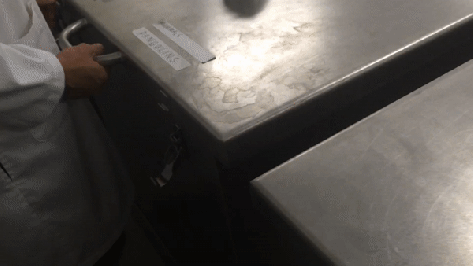

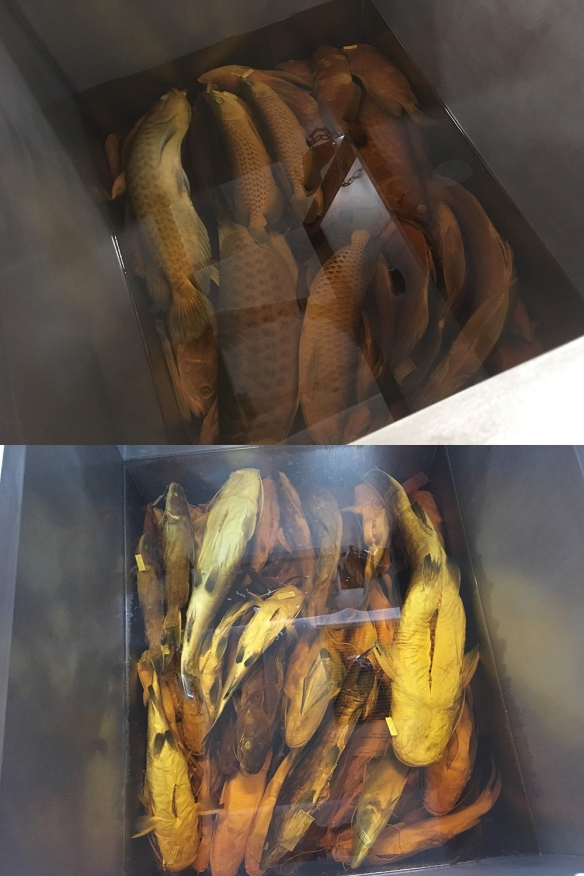
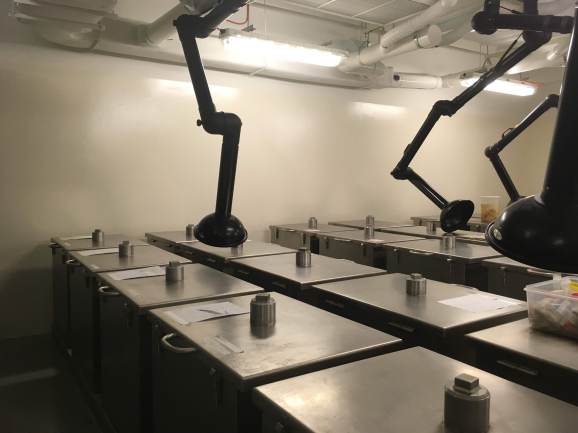
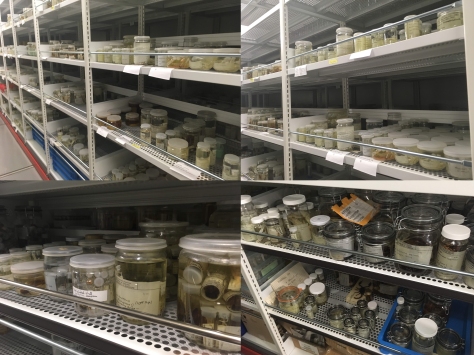
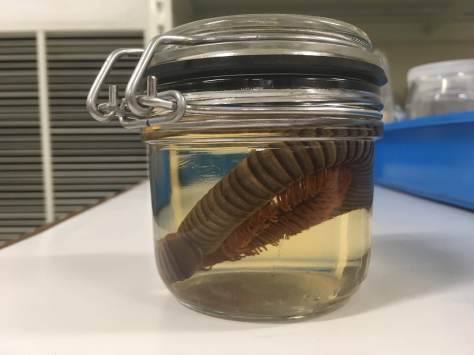
 Don’t panic, those are just unfortunately placed barnacles.
Don’t panic, those are just unfortunately placed barnacles.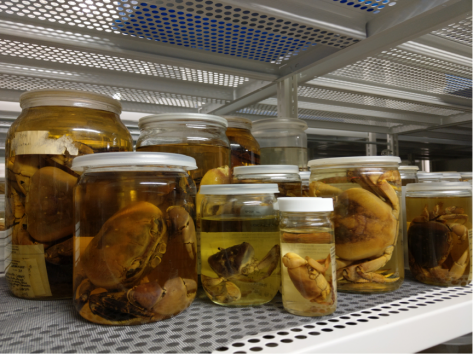
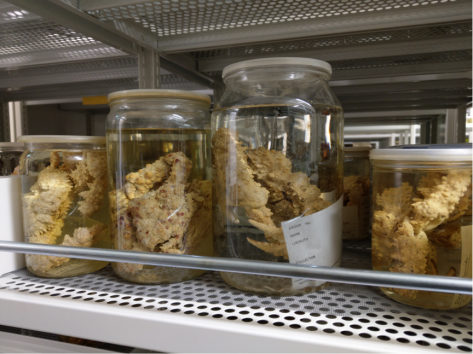

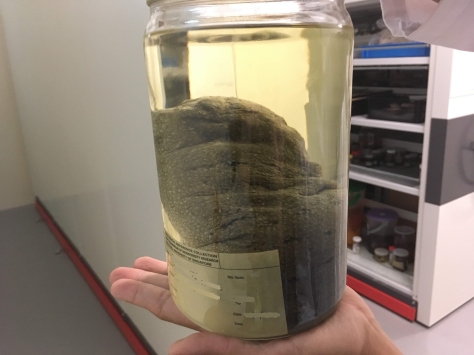
 I stole this and it looks great on my coffee table. Just kidding.
I stole this and it looks great on my coffee table. Just kidding.
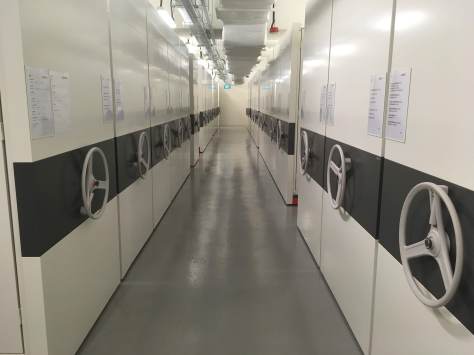 I’d say this is a good place for an Instagram photoshoot.
I’d say this is a good place for an Instagram photoshoot.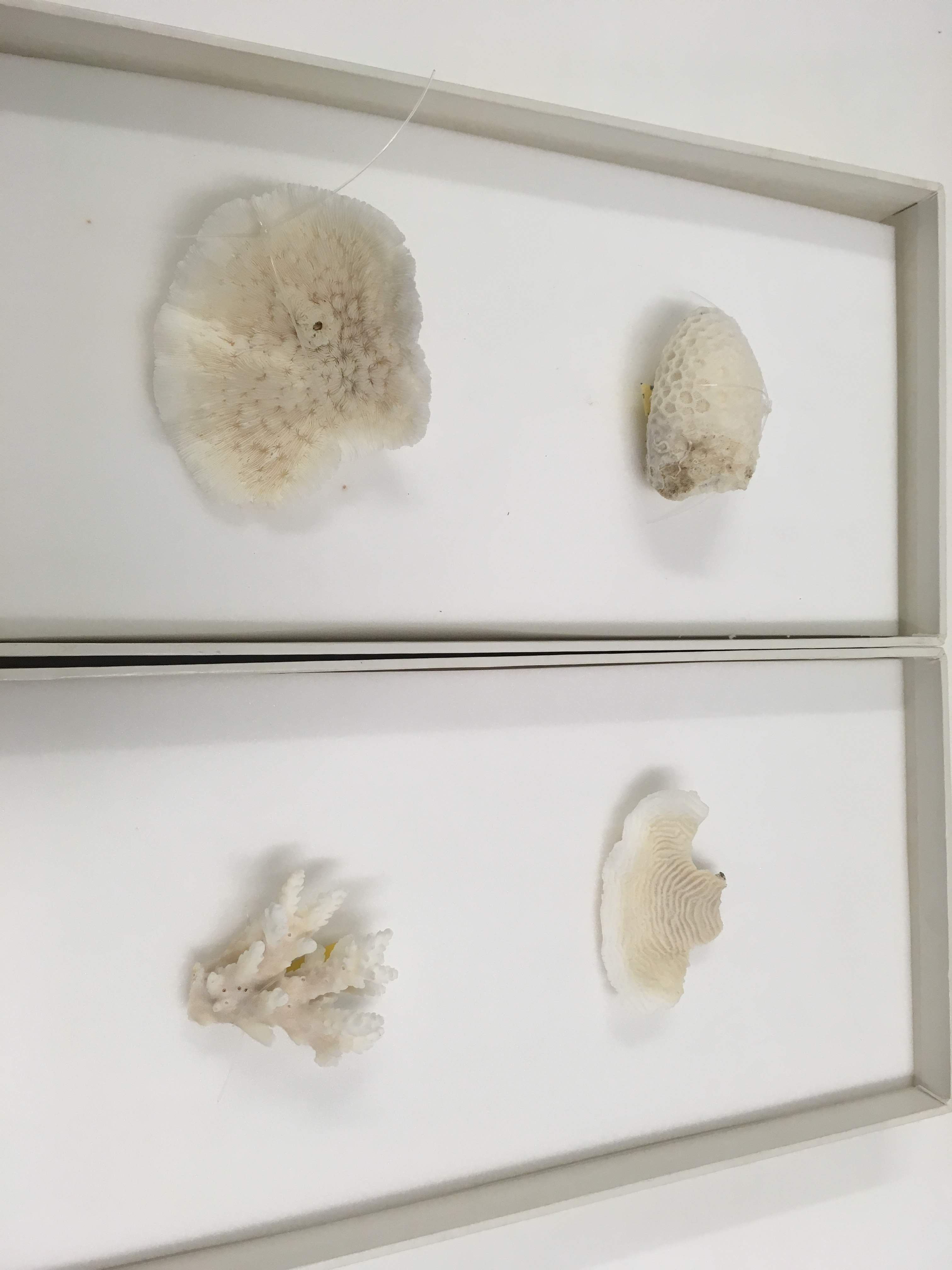 Birds, mammals, sea shells, eggs, even nests! Even poop! Scientists really go for anything, huh?
Birds, mammals, sea shells, eggs, even nests! Even poop! Scientists really go for anything, huh?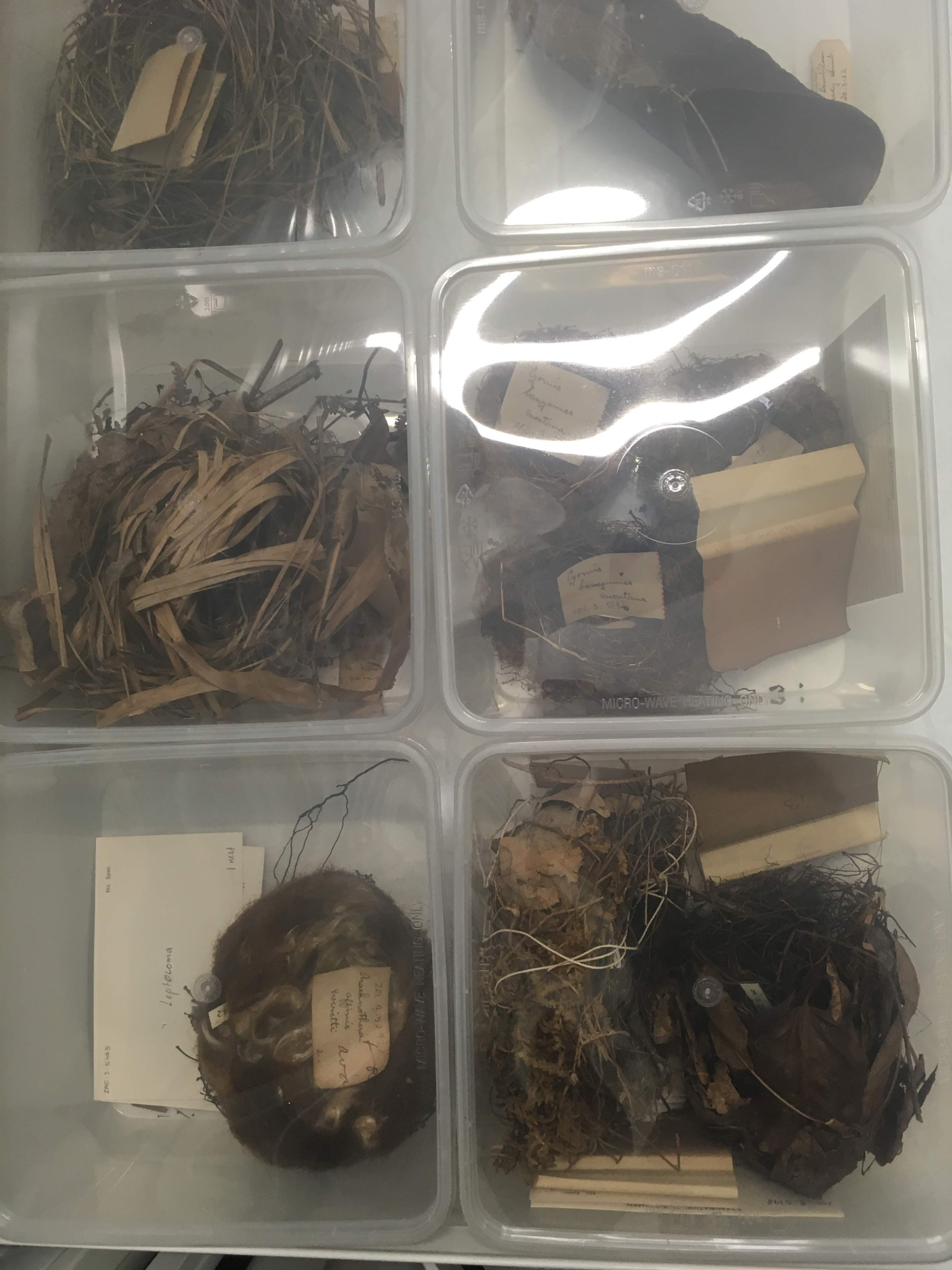
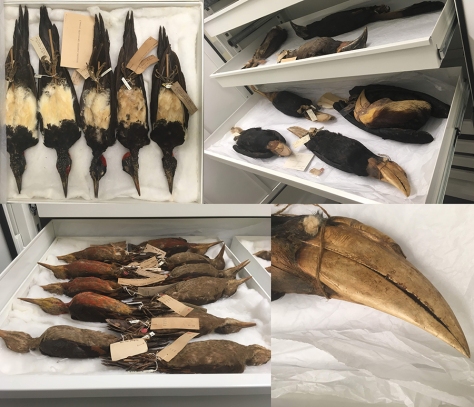

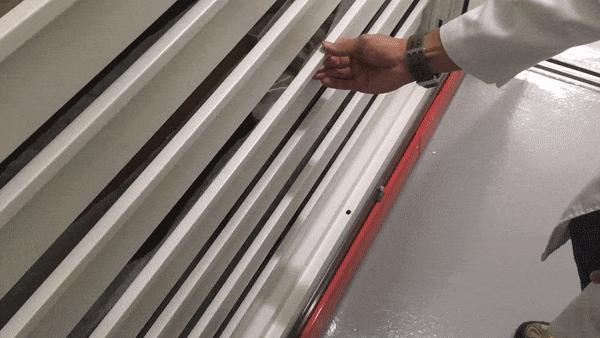
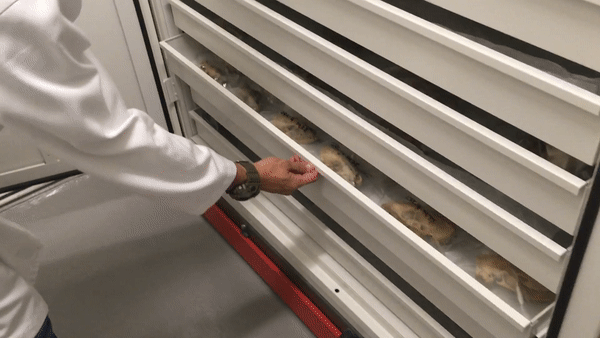
 Objectively? Probably the coolest drawers you’ll ever pull open.
Objectively? Probably the coolest drawers you’ll ever pull open.